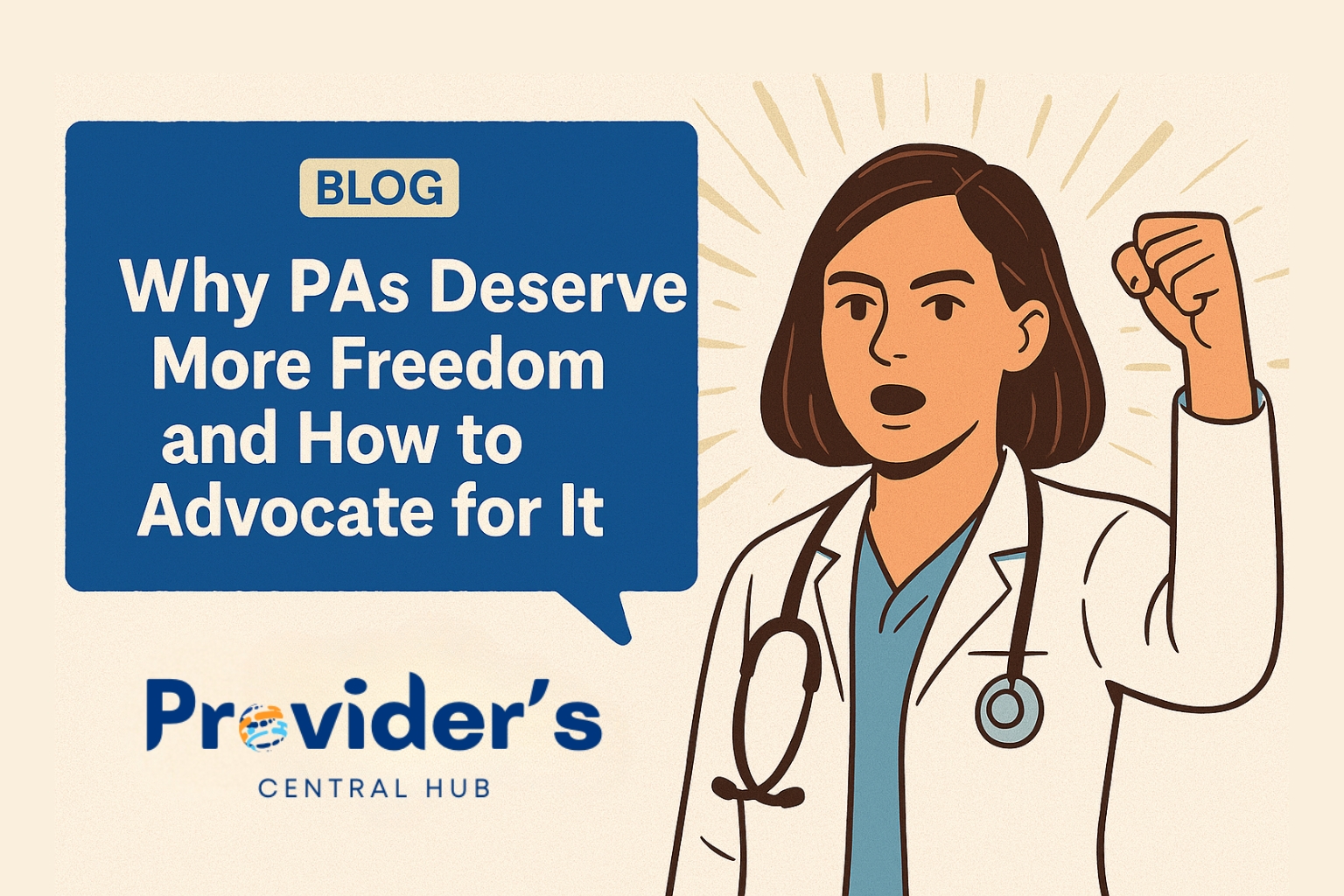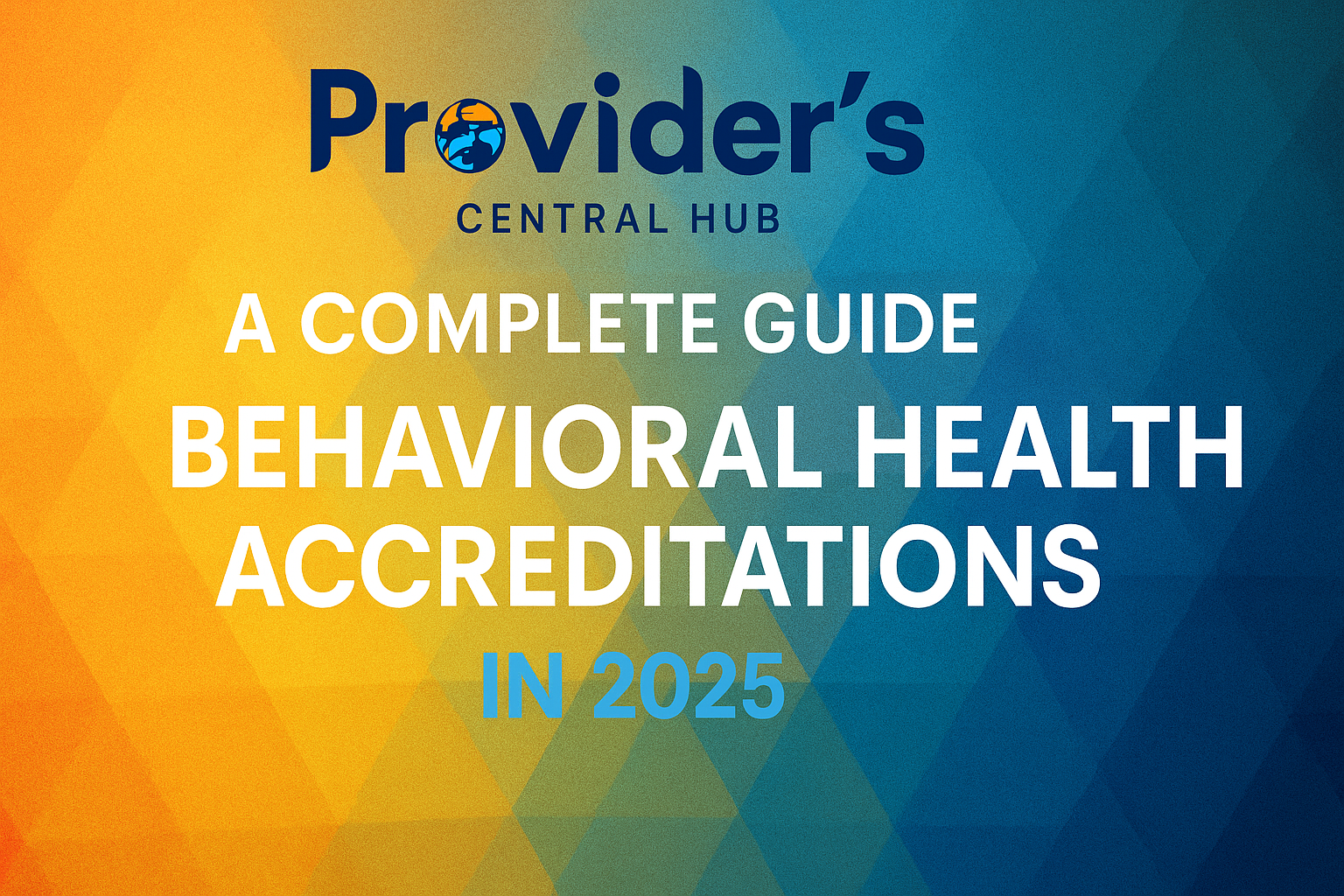A stroke is a medical emergency that requires prompt attention to limit brain damage, disability, or death. Hospitals adhere to a rigorous stroke protocol because timely diagnosis and treatment are crucial for every second counts. This manual will examine what transpires when a patient with stroke symptoms arrives at a hospital emergency department (ED), going over every stage from initial evaluation to treatment. Your knowledge and adherence to this protocol can be life-saving.
Recognizing Stroke Symptoms
Before the patient ever gets to the hospital, the first step in managing a stroke is to educate the public about the symptoms, which can assist in guaranteeing that medical attention is provided promptly. The FAST acronym is commonly used to indicate the following symptoms:
Face drooping: Is one side of the face numb or drooping?
Speech difficulty: Is speech slurred, or is the person unable to speak?
Arm weakness: Is one arm weak or numb?
Time to call: Call emergency services immediately if you observe these signs.
Arrival at the Emergency Department
When a stroke patient enters the emergency department, the timer is running. Prompt examination is required to give treatment within the “golden hour,” or the first sixty minutes following the onset of symptoms, when treatment has the best chance of minimising brain damage.
- The first few steps include:
- Immediate Triage: Upon arrival, the patient is given priority assessment, particularly if symptoms of a stroke are apparent. The triage nurse swiftly detects probable stroke patients using the FAST criteria or other screening techniques.
- Activation of the Stroke Team: Many hospitals notify a specialist stroke team when a stroke patient is detected. This team comprises neurologists, emergency physicians, nurses, radiologists, and other medical specialists.
Initial Assessment and Neurological Evaluation
Once in the ED, the patient undergoes a neurological assessment, often within the first 10 minutes of arrival. This includes:
Physical Examination: A brief physical examination emphasising neurological function is conducted. This entails evaluating the patient’s level of consciousness, limb movement, and ability to obey directions.
Glasgow Coma Scale (GCS): The GCS determines the patient’s state of consciousness based on their verbal, motor, and visual responses.
Stroke Scales: The National Institutes of Health Stroke Scale (NIHSS) is frequently used to measure the severity of a stroke. This scale evaluates consciousness, vision, feeling, movement, and language, among other areas of brain function.
Imaging: CT scan or MRI
Imaging is done to confirm the type of stroke within 25 minutes of arrival. This is important because the therapy for hemorrhagic strokes, which result from bleeding within the brain, is different from that for ischemic strokes, which are caused by a blood clot obstructing an artery.
Non-contrast CT scan: The most popular first test is a brain CT scan since it can quickly and accurately identify haemorrhages. It can rule out illnesses such as tumours and hemorrhagic strokes, which can resemble the symptoms of a stroke.
MRI: An MRI can be used but sometimes takes longer. MRI is more sensitive to early detection of ischemic strokes.
Blood Tests and Other Diagnostics
In parallel with imaging, several blood tests and other diagnostics are ordered to evaluate the patient’s general health and advise treatment:
Blood Glucose: Low or high blood sugar can mimic stroke symptoms; therefore, this is examined quickly.
Coagulation tests: If thrombolytic therapy (a medicine that breaks blood clots) is being evaluated, these tests—such as PT/INR and aPTT—assess how rapidly the blood clots.
Cardiac Monitoring: Since atrial fibrillation is a prevalent cause of ischemic stroke, stroke patients are frequently put on continuous cardiac monitoring to check for irregular heart rhythms.
Treatment: Time-Sensitive Interventions
Treatment starts as soon as the type of stroke is identified. Restoring blood flow in the event of an ischemic stroke or stopping bleeding in the event of a hemorrhagic stroke is the aim.
Ischemic Stroke: The clot-busting medication tissue plasminogen activator (tPA) is the cornerstone of treatment for ischemic stroke. To be effective, tPA needs to be given within 4.5 hours of the start of the stroke. Alternatives like mechanical thrombectomy may be considered if tPA is contraindicated or if the patient arrives outside of this window of opportunity. During this surgical treatment, the clot is extracted directly from the clogged artery using a catheter.
Hemorrhagic Stroke: Hemorrhagic strokes are addressed differently, focused on controlling the bleeding and lowering pressure in the brain. In certain situations, surgery may be necessary, such as when an aneurysm needs to be clipped or coiled or when a craniotomy is needed to release pressure.
Post-Treatment Care and Monitoring
Patients are moved to an intensive care unit (ICU) or specialised stroke unit for close observation following treatment.
This stage involves:
Neurological Monitoring: Regular examinations are undertaken to track recovery or detect worsening symptoms.
Blood Pressure Control: Because high blood pressure can exacerbate bleeding, it is actively regulated, particularly in individuals who have suffered a hemorrhagic stroke.
Fluid and Electrolyte Balance: Recovery depends on optimal electrolyte and fluid levels.
Rehabilitation and Long-term Care
Although stroke recovery is a protracted process, results can be significantly enhanced by early rehabilitation. After the patient reaches stability, a thorough rehabilitation program is created, which could consist of:
Physical therapy: To assist in regaining strength and mobility.
Speech therapy: if swallowing or speaking were impacted by the stroke.
Occupational therapy: To enhance quality of life and help with daily activities.
Stroke Prevention
After a stroke, patients are more vulnerable to having another one in the future.
Medications: Anticoagulants, antiplatelet agents (like aspirin), and cholesterol-lowering medications are frequently administered as preventative measures.
Lifestyle Changes: Patients are urged to quit smoking, control diabetes, adopt a nutritious diet, and engage in regular physical activity.
Conclusion
Multiple healthcare experts must work together in a well-organized and time-sensitive manner as part of the stroke protocol in hospital emergency rooms. Every stage of the process, from identifying symptoms to offering prompt care and post-care rehabilitation, is vital to reducing the long-term consequences of stroke. Quick and efficient stroke care can be the difference between life and death. Thus, hospitals must adhere to strict guidelines to guarantee the best possible outcomes for their patients.
References
De Lucas, E.M., Sánchez, E., Gutiérrez, A., Mandly, A.G., Ruiz, E., Flórez, A.F., Izquierdo, J., Arnáiz, J., Piedra, T., Valle, N. and Bañales, I., 2008. CT protocol for acute stroke: tips and tricks for general radiologists. Radiographics, 28(6), pp.1673-1687.
Heikkilä, I., Kuusisto, H., Holmberg, M. and Palomäki, A., 2019. Fast protocol for treating acute ischemic stroke by emergency physicians. Annals of Emergency Medicine, 73(2), pp.105-112.
Hoegerl, C., Goldstein, F.J. and Sartorius, J., 2011. Implementing a stroke alert protocol in the emergency department: a pilot study. Journal of Osteopathic Medicine, 111(1), pp.21-27.
Patel, M.D., Brice, J.H., Moss, C., Suchindran, C.M., Evenson, K.R., Rose, K.M. and Rosamond, W.D., 2014. An evaluation of emergency medical services stroke protocols and scene times. Prehospital emergency care, 18(1), pp.15-21.
Phipps, M.S. and Cronin, C.A., 2020. Management of acute ischemic stroke. Bmj, 368.
Schellinger, P.D., Jansen, O., Fiebach, J.B., Hacke, W. and Sartor, K., 1999. A standardized MRI stroke protocol: comparison with CT in hyperacute intracerebral hemorrhage. Stroke, 30(4), pp.765-768.




